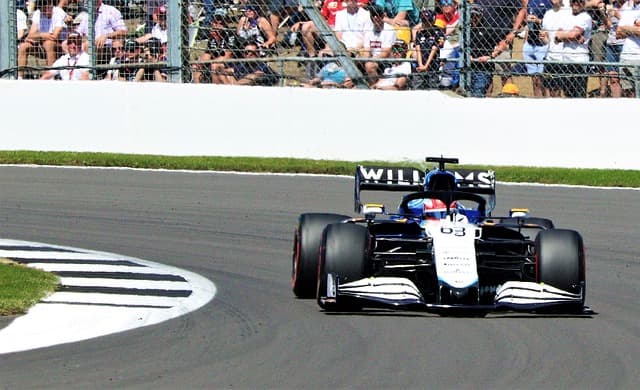When it comes to motorsport transmissions, the first name that comes to mind for many engineers and racers is Hewland Engineering. This British company has left an indelible mark on the world of motorsport, becoming a symbol of reliability, efficiency and engineering excellence.
History of Hewland Engineering
Hewland Engineering was founded in 1957 by Mike Hewland, a talented engineer who set out to create a gearbox that could withstand the stresses of racing cars. At the time, affordable sports transmissions simply did not exist, and factory transmissions could not cope with the increased demands.
The first real success came in the early 1960s, when the company introduced its legendary Hewland Mk4. It quickly gained popularity in Formula Junior and then in more powerful series including Formula 2 and Formula 3. A unique feature of this gearbox was the cassette principle of assembly, which allowed quick changes of gear ratios, a revolutionary solution in motorsport.
Hewland in Formula 1
The company broke new ground in 1965 when Lotus installed the Hewland DG300 gearbox in its cars. This was the starting point for Hewland’s dominance in Formula One – virtually every team, with the exception of factory manufacturers like Ferrari and Renault, used Hewland transmissions.
In the 1970s and 1980s, Hewland FG400 and FGB transmissions became the standard in Formula One. Many world champions such as Jackie Stewart, James Hunt, Niki Lauda and Ayrton Senna won races with Hewland transmissions.
Hewland outside of Formula One
While Formula One brought Hewland worldwide fame, the company also dominated other racing series:
- IndyCar – many cars used Hewland boxes in the 1970s and 1980s.
- Prototype racing (Le Mans, Group C) – Porsche 956, 962 and other iconic cars were equipped with Hewland boxes.
- Formula 3 and junior formulae – Hewland supplied gearboxes for most cars, from youth series to professional level.
Technology and innovation
Hewland’s main advantage was simplicity of design, high reliability and ease of maintenance. Their gearboxes featured a modular design and quick access to gears, allowing teams to change gear ratios depending on the track.
Over time, the company adapted to modern technology:
- Introducing sequential gearboxes.
- Development of solutions for electrified powertrains.
- Engineering support for GT, LMP and electric series projects.
Hewland today
Today, Hewland continues to work in the motorsport sector, developing transmissions for electric racing series such as Formula E, as well as participating in the development of solutions for hypercars and innovative racing technologies.
Despite the emergence of major competitors, Hewland remains a benchmark of engineering in motorsport. Their drivetrains are still used in various racing series, and the company’s legacy lives on in every car that takes to the starting grid.
Conclusion
The history of Hewland is a story of engineering genius and passion for motorsports. Not only has the company played a key role in the development of racing transmissions, but it continues to be one of the most important suppliers in the world of motorsport. From the first gearboxes in Formula 1 to today’s sequential transmissions, Hewland will forever be a legend in motorsport technology.
